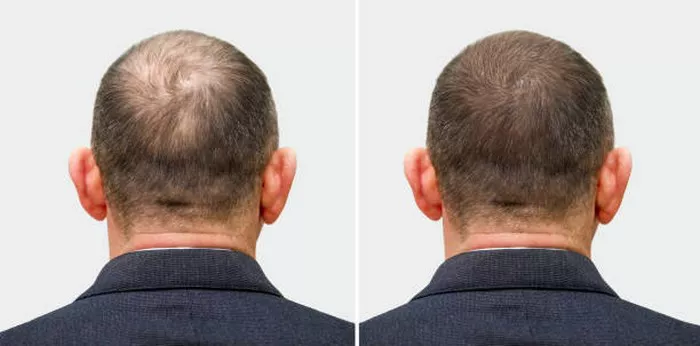Hair loss can be a distressing issue for many people. But thanks to advancements in medical technology, procedures like Follicular Unit Extraction (FUE) hair transplant offer hope. If you’ve been curious about how this popular hair – restoration method works, read on.
FUE is a minimally invasive surgical procedure designed to combat hair loss. Its main goal is to move healthy hair follicles from one part of the body, known as the donor area, to the bald or thinning areas, called the recipient area. This allows for new hair growth in the areas where it’s needed most.
The first step in an FUE hair transplant is choosing the donor area. Usually, the back and sides of the head are selected. Hair in these areas is genetically programmed to be more resistant to balding. Surgeons carefully examine this area to ensure there’s enough healthy follicular units available for extraction.
Once the donor area is decided, the actual extraction process begins. Using a small, circular punch tool, surgeons extract individual follicular units one by one. Each punch is carefully placed to minimize damage to the surrounding tissue. The diameter of the punch is typically very small, around 0.6 – 1.0 millimeters, which helps in leaving only tiny, almost invisible, scars.
The extraction process can be time – consuming, especially if a large number of follicles are needed. But with the use of advanced magnification and precision instruments, surgeons can extract follicles efficiently and accurately.
While the follicles are being extracted from the donor area, the recipient area (the bald or thinning parts of the scalp) is prepared. The scalp in this area is numbed using local anesthesia to ensure the patient feels minimal discomfort during the procedure. Then, the surgeon creates tiny incisions in the recipient area. These incisions are carefully spaced to mimic the natural density and pattern of hair growth.
After the follicles are extracted and the recipient area is prepared, it’s time for implantation. The extracted follicular units are placed into the incisions in the recipient area. Surgeons take great care to ensure the follicles are inserted at the correct angle and depth. This is crucial for the natural – looking growth of the new hair.
After the FUE procedure, the patient’s scalp may be tender and there may be some swelling. But with proper post – operative care, which usually includes keeping the scalp clean and avoiding strenuous activities for a few days, the scalp starts to heal.
It takes some time for the transplanted follicles to start growing new hair. Typically, patients can expect to see the first signs of new hair growth within 3 – 6 months. However, it may take up to a year or more for the full results to be visible. During this time, it’s important to be patient and follow the doctor’s instructions regarding hair care.
One of the biggest advantages of FUE is that it’s minimally invasive. There’s no large strip of skin removed as in some other hair – transplant methods, which means less scarring. Also, the recovery time is generally shorter compared to other techniques. Patients can usually return to their normal activities within a few days.
Another advantage is that the results look very natural. Since individual follicular units are transplanted, the new hair grows in a way that closely resembles the natural hair growth pattern.
In conclusion, FUE hair transplant is a remarkable procedure that offers a solution to hair – loss problems. Understanding how it works can help those considering the procedure make an informed decision.
You Might Be Interested In:

